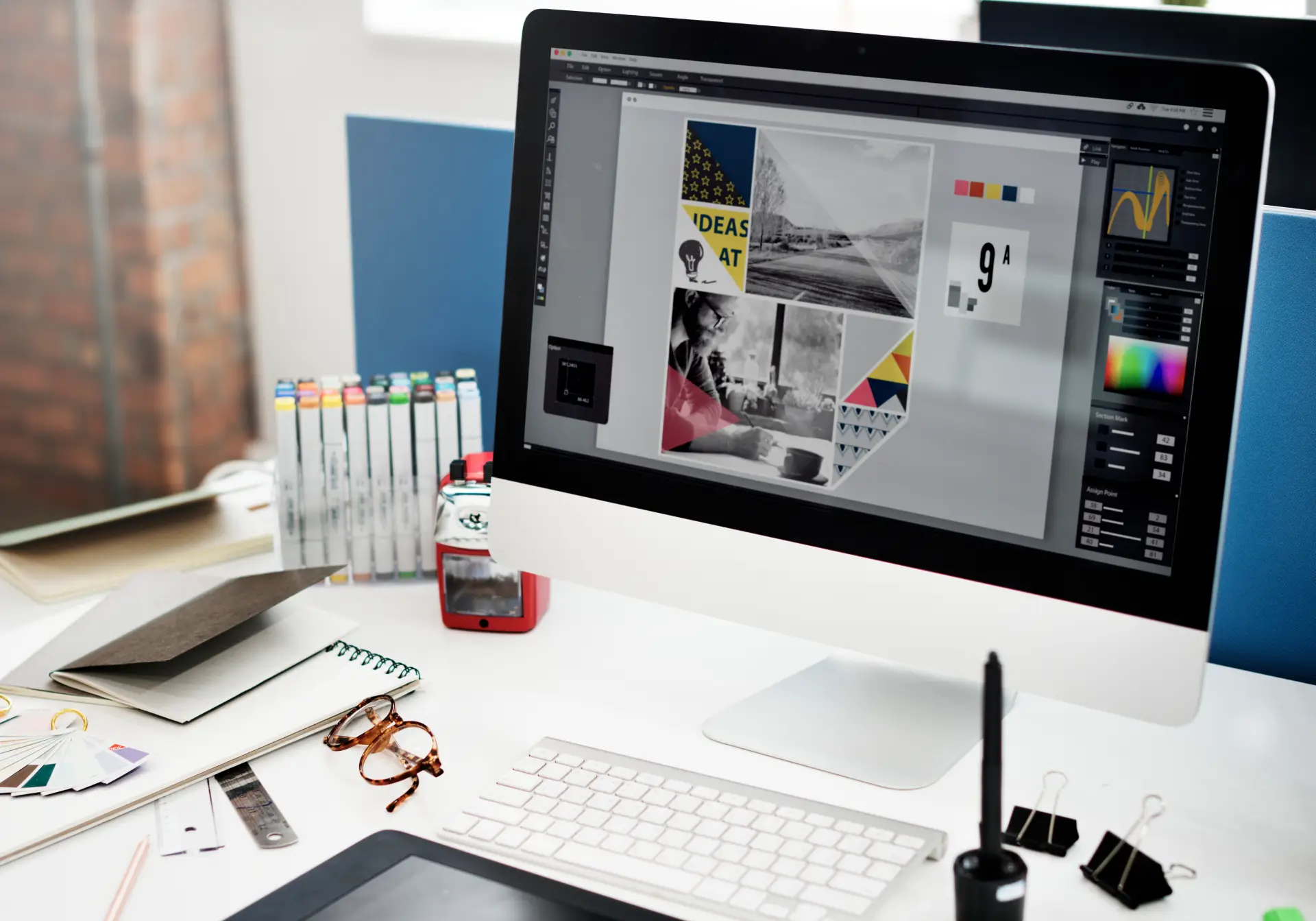When you’re a founder getting ready to launch (or even pitch), it’s easy to spiral into a design panic. Do we need a full brand book? A perfect deck? Custom icons? A website? A prototype with parallax scrolling and custom cursors?
Deep breath. You don’t need to go full enterprise mode just yet.
We’ve worked with plenty of early-stage teams—some with funding, some pre-revenue, all trying to look the part while still figuring it out under the hood. If you’re a founder trying to make a strong first impression with limited resources, here’s what actually matters.
1. Logo + Quick Brand Kit
You don’t need 17 logo lockups and a 120-page brand guideline. But you do need a good-enough logo that doesn’t look like clipart, and a few brand basics to go with it.
What to have:
- Your logo (horizontal + stacked)
- A clear color palette (3–5 colors max)
- Two typefaces: one for headings, one for body text
- A simple brand sheet that shows how to use all of the above
That’s enough to look cohesive across your deck, socials, and early marketing.
2. A Pitch Deck That Feels Like You
You don’t need to dazzle with motion graphics. But your deck should feel like it came from a real company, not a default PowerPoint template.
What matters:
- A clean, confident layout
- Smart use of color and type
- Visual consistency (alignments, icons, image styles)
- A slide or two that reflects your product’s personality
And hey, don’t underestimate how much good slide design boosts clarity. Investors skim fast. Design helps them get the story quicker.
3. Landing Page or Website
You need somewhere to point people. Whether it’s investors, beta testers, or future hires, a basic site adds instant legitimacy. It doesn’t have to be deep, but it should feel intentional.
Bare minimum:
- Your “why” (what you’re building and for whom)
- An email signup or contact form
- Screenshots or mockups if you’ve got them
- Social proof (logos, testimonials, waitlist numbers—whatever’s real)
One-page sites work great for this. Just make sure they match the rest of your brand kit.
4. Social Media Templates (Optional, But Nice)
If you’re planning to post regularly, having branded templates for Twitter/X, LinkedIn, or Instagram can save time and keep things looking sharp.
They don’t have to be rigid, just a few layouts with your fonts/colors ready to go.
5. A Clear Creative Direction
Even if you’re not building out all your assets yet, it helps to know where your brand is headed. Moodboards, references, even a one-liner on your brand vibe (e.g. “bold but nerdy,” “cozy and clean”) help guide design decisions now and later.
What to Skip (For Now)
- A full UI design system (unless you’re already deep into product dev)
- High-production video content
- A fully custom CMS-based site
- Printing business cards. Seriously.
- A full brand book (until you’re ready to scale a team or agency)
Final Thought: You’re not faking it. You’re framing it.
Early-stage design isn’t about pretending you’re bigger than you are. It’s about making it easy for other people to believe in what you’re building. A little polish goes a long way.
If your story is strong and your assets are clear, people will take you seriously—even if you’re just two friends building in a kitchen.
Need help with the design side of first impressions? Work with us.
